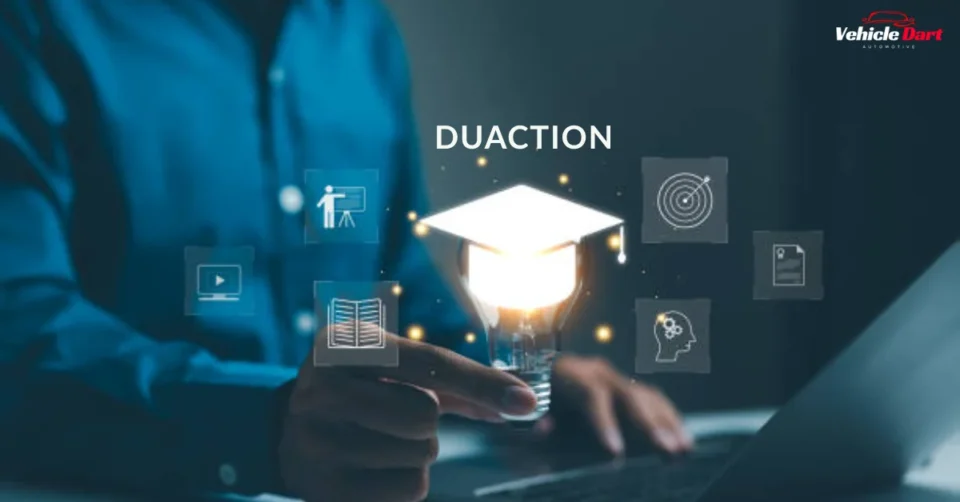Introduction to Duaction
Education is evolving, and there’s a revolutionary approach making waves in classrooms around the world: Duaction. Gone are the days of passive learning, where students sit through lectures without connecting theory to practice. With Duaction, education takes on a dynamic form that emphasizes active participation and real-world application.
Imagine a learning environment where you don’t just memorize facts but engage with them. Where projects aren’t just assignments; they’re opportunities to develop tangible skills for life after school. This method bridges the gap between textbook knowledge and practical expertise, preparing students not only to understand concepts but also to apply them creatively in their future careers.
As we delve into what makes Duaction stand out from traditional educational methods, you’ll discover how this innovative approach reshapes learning experiences for students everywhere. Are you prepared to experience the impact of learning through active engagement? Let’s dive in!
The Problem with Traditional Education
Traditional education often focuses heavily on rote memorization. Students are expected to absorb vast amounts of information without context. This approach can lead to disengagement and a lack of critical thinking skills.
Moreover, standardized testing has become the norm. Schools prioritize test scores over actual learning experiences. This creates pressure on students, leading to anxiety rather than curiosity.
In many cases, the curriculum is outdated and doesn’t reflect current industry needs. Graduates may find themselves unprepared for real-world challenges.
In conventional classrooms, teamwork and creativity are often overlooked or minimized. Instead of fostering innovation, this model often stifles it.
These issues leave students craving practical knowledge that connects theory with tangible skills they can apply in their careers.
What is Active Learning?
Active learning involves students fully in the process, making them central to how knowledge is gained. Unlike traditional methods where teachers lecture while students passively listen, active learning encourages participation and critical thinking.
This dynamic process involves hands-on activities, discussions, problem-solving tasks, and collaborative projects. Learners collaborate in building knowledge rather than just absorbing information.
Through real-world applications, learners connect theory with practice. They develop essential skills like teamwork, communication, and adaptability—qualities highly sought after in today’s job market.
Active learning fosters a deeper understanding of concepts by allowing students to explore ideas actively. This method not only enhances retention but also gets learners excited about their education journey.
By prioritizing engagement over memorization, active learning transforms classrooms into vibrant environments filled with curiosity and innovation.
How Duaction Incorporates Active Learning
Duaction revolutionizes education by embedding active learning into its core framework. Instead of traditional lectures, students engage in hands-on experiences that mirror real-life scenarios.
Participants tackle complex projects that require critical thinking and collaboration. This practical approach encourages them to apply theoretical knowledge dynamically.
Moreover, Duaction emphasizes problem-solving through simulations and case studies. Students work in teams to navigate challenges they might face in their future careers.
Feedback loops are integral to this process. Instructors provide timely input, allowing learners to refine their skills continuously.
The emphasis on reflection further deepens understanding as students assess their performance and learn from mistakes. Each activity focuses not just on the ‘what’ but also the ‘how’ behind actions taken during learning experiences.
With Duaction, education transforms into a vibrant journey where theory meets practice seamlessly, preparing students for real-world success.
Examples of Real Skills Taught in Duaction
Duaction goes beyond the conventional classroom experience. It emphasizes skills that are vital in today’s job market.
Students dive into project management, learning to lead teams and tackle deadlines effectively. This skill is essential across various industries, making them valuable assets in any workplace.
Another focus area is digital literacy. From coding basics to advanced data analysis, Duaction equips learners with the tools needed for a tech-driven world.
Communication skills also take center stage. Through presentations and group discussions, students learn to articulate their thoughts clearly and confidently.
Problem-solving is another key component. Real-world scenarios challenge them to think critically and innovate solutions on the fly.
Additionally, networking opportunities foster connections within different fields. Students engage with industry professionals who offer insights and mentorship, bridging the gap between education and career readiness.
The Benefits of Duaction for Students
Duation offers numerous advantages that significantly enhance the learning experience for students. One of its standout features is the focus on practical application. Students engage directly with real-world scenarios, making lessons more relevant and engaging.
This method helps learners grasp concepts more clearly and remember them for longer. Instead of memorizing facts, learners develop critical thinking skills by solving actual problems. Instead of learning passively, students take an active role in shaping their own education.
Collaboration is another benefit inherent in Duaction. Working alongside peers encourages teamwork and communication skills, essential attributes in today’s job market. Students learn to value diverse perspectives while tackling challenges together.
Additionally, Duaction empowers students to take ownership of their learning journey. This autonomy boosts motivation and nurtures a lifelong love for learning as individuals discover what truly interests them within their fields.
Success Stories from Duaction Graduates
Duaction graduates are transforming their fields, showcasing the power of active learning. These individuals enter the job market equipped with not just theoretical knowledge but practical skills that employers crave.
Take Sarah, for instance. After completing her program in digital marketing through Duaction, she landed a role at a leading agency within weeks. Her hands-on projects gave her an edge over traditional candidates.
Then there’s Mark, who pursued software development. His experience building real-world applications during his course led him to start his own tech startup shortly after graduation.
These stories highlight the effectiveness of Duaction’s approach. Graduates aren’t merely filling positions; they’re innovating and leading initiatives in their respective industries. Such success exemplifies how education can evolve beyond conventional methods to truly prepare students for what lies ahead in their careers.
Implementing Duaction in Schools and Universities
Implementing Duaction in schools and universities requires a shift in mindset. Educators must embrace a hands-on approach that emphasizes real-world applications of knowledge.
Curriculum design is key. Courses should integrate projects, internships, and collaborative learning experiences. This encourages students to actively participate rather than passively absorb information.
Teacher training plays an essential role too. Faculty members need support and resources to facilitate active learning environments effectively.
Partnerships with local businesses can enhance the experience further. Students benefit from exposure to industry practices while companies gain fresh perspectives.
Feedback loops are crucial for continuous improvement. Gathering input from students about their experiences can help refine the program over time, ensuring it meets evolving needs.
Fostering a culture that values experimentation and innovation will make Duaction thrive within academic institutions. When everyone works together toward this goal, transformative education becomes possible.
Challenges and Criticisms of Duaction
Despite its innovative approach, Duaction faces several challenges. One major criticism is the scalability of its model. Implementing active learning methods in large classrooms can prove difficult, as individual attention may wane.
Another concern revolves around assessment. Standardized testing remains a firmly embedded part of most educational structures. Adapting to new evaluation techniques that reflect real-world skills remains a hurdle.
Furthermore, some educators question the effectiveness of combining theory with practice. They argue that foundational knowledge should not be sacrificed for experiential learning.
There’s also resistance from institutions accustomed to conventional teaching styles. Change often meets skepticism, making it harder for Duaction’s principles to take root widely.
Funding and resources pose significant issues. Schools may struggle to allocate budgets toward training instructors or developing necessary materials for an active learning environment.
Conclusion: The Future of Education is Active Learning with Duaction
The landscape of education is evolving. Traditional methods are being challenged, and innovative approaches like Duaction are emerging as powerful alternatives. With a focus on active learning, Duaction effectively bridges the gap between theoretical knowledge and practical application.
Students today seek more than just textbooks and lectures; they crave real-world skills that will prepare them for their future careers. By incorporating hands-on experiences, collaboration, and critical thinking into its curriculum, Duaction equips learners with essential tools needed in today’s job market.
As educational institutions begin to recognize the limitations of conventional teaching methods, it becomes evident that models like Duaction have significant potential to reshape how we learn. The success stories from graduates serve as testaments to this approach’s effectiveness. Students emerge not only knowledgeable but also ready to tackle challenges head-on.
Active learning through initiatives such as Duaction can redefine what it means to be educated in the modern world. As we move forward, embracing these methodologies may hold the key to unlocking a brighter future for students everywhere.

